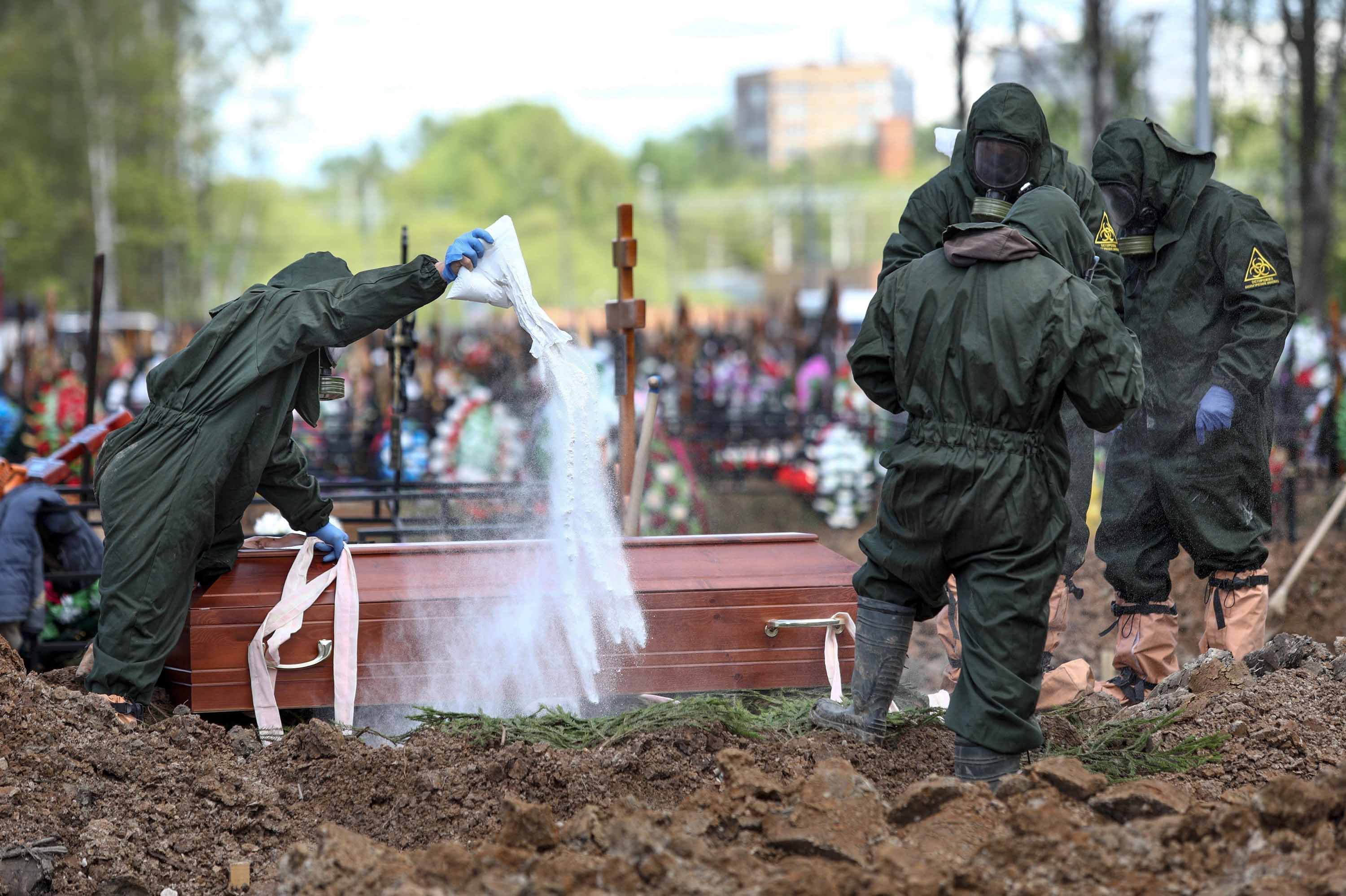Peru began distributing China’s Sinopharm vaccine on Tuesday morning, with frontline health professionals taking priority during the first phase of the launch.
The country has participated in clinical trials of the Sinopharm vaccine since last year and becomes the first country in Latin America to launch the Chinese vaccine.
A group of doctors at the Arzobispo Loayza Hospital in Lima was the first to receive the vaccine on Tuesday morning, the Andean state news agency reported.
President Francisco Sagasti should be vaccinated this Tuesday.
On Sunday, Peru received its first shipment of 300,000 doses of the Chinese Sinopharm vaccine against the coronavirus and expects to receive the remaining 700,000 doses on February 14. The Armed Forces will be in charge of distributing the vaccine throughout the country.
On Monday, Foreign Minister Elizabeth Astete announced that her government had reached an agreement with Pfizer to supply 20 million doses of its vaccine, the Andean state news agency reported.
Astete told a Congressional Committee that 250,000 doses will arrive in March and at least 300,000 in April, Andina said.
“We have been assured that Peru will have received a minimum of 5,750,000 vaccines by July 1, and the supply will increase significantly to 20 million since then,” said Astete.
Astete also told lawmakers that his government signed an agreement to receive 6.6 million doses of Pfizer and AstraZeneca through the Covax program to vaccinate 20% of the population.
President Sagasti, who took office in November, has faced criticism for the delay in closing vaccine supply agreements.
Peru currently has 1,186,698 confirmed cases of coronavirus and has recorded 42,308 deaths, according to data from Johns Hopkins University (JHU).
The country has reported more than 6,000 cases a day, an increase from 2,000 cases a day in early January, while also facing a shortage of intensive care unit (ICU) and oxygen beds during this new wave of the pandemic.
Peru has the fifth largest number of Covid-19 cases in Latin America, after Brazil, Colombia, Argentina and Mexico, according to JHU data.
